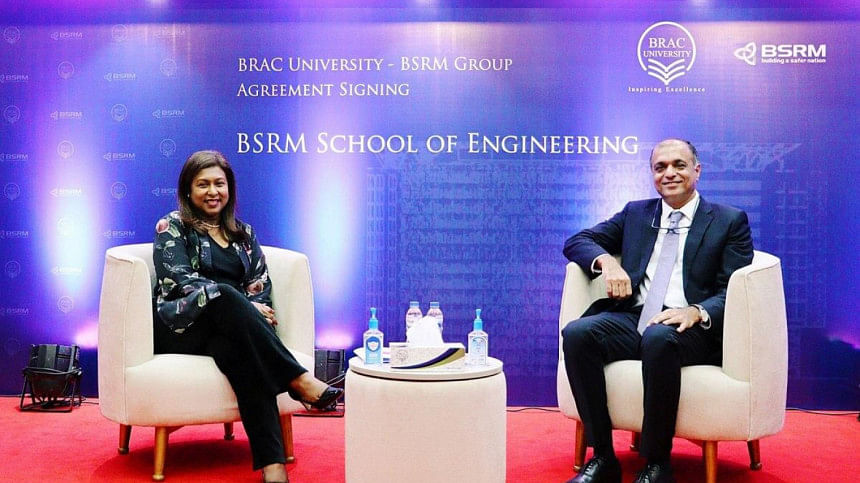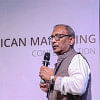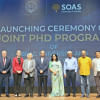Academia-industry partnerships can only mean good things for universities

Recently BRAC University (BRACU) announced the renaming of its engineering school as the BSRM School of Engineering after receiving donations from the BSRM Group of Companies. At first glance, this may seem funny (which is how social media has received this), but such endowments are vital for universities to achieve various long-term goals.
BSRM Group's contribution to BRAC University's endowment puts BRACU in a position to recruit a number of world-class faculty members over the next few years. The donation will also fund research work as well as several merit-based scholarships.
Another way this endowment can impact the university is through building a strong academia-industry partnership with BSRM Group. While BRACU has not specified or mentioned this, such a partnership could help the university collaborate with its donor and work on various research projects together. BRACU researchers might get the opportunity to work with industry experts from BSRM Group or use the company's data and resources to further enhance the quality of their research work.
Endowments and partnership opportunities with businesses and other organisations are very common in the West as well as other parts of the world. These practices have helped institutions like Harvard, Yale, and Stanford receive donations worth billions of dollars. Much of these financial assets are then used to achieve various academic and research goals.
While endowments are not the only way to enhance academia-industry partnerships, they do somewhat solidify these relations. When a business organisation donates financial assets or company data to these academic institutions, they do expect something in return. In most cases, the returns come in the form of acknowledging the donor's contribution, which in the case of BRACU and BSRM was the renaming of BRACU's engineering school to BSRM School of Engineering.
Apart from this, the donors can also expect universities to help them solve industry problems, which the university can achieve by allowing its researchers or academicians to work on said problems in the form of research. For this purpose, the university can utilise the resources provided by the donor including their industry data. This will also help the university and its researchers conduct extensive research in the respective fields as they now have access to resources and data that they didn't have before.
One thing to note here is that donations alone might not be enough to lead to successful research. Donors must also actively participate in this either by having their company experts lend a hand or by sharing data or both. In return, they can find efficient solutions to their problems and enhance their existing business operations. Besides, businesses can also relocate much of their R&D operations at the universities since that's where a lot of the manpower will be at when working on industry-based research problems.
Such strategic partnerships between academia and industry will forge long-term alliances that will result in overall growth and prosperity for both parties involved. Since universities also have to be somewhat answerable to their donors, there's little scope for the funds to be misappropriated.
Therefore, as long as utilised wisely, the donations and the intellectual property (IP) or data provided by the businesses will lead to great things, which will mostly benefit our young academicians. Renaming a certain department or part of the university to receive these benefits is actually a small price to pay, given what is being obtained in return.
Fasial Bin Iqbal is sub-editor and digital co-ordinator at SHOUT.

 For all latest news, follow The Daily Star's Google News channel.
For all latest news, follow The Daily Star's Google News channel. 








Comments